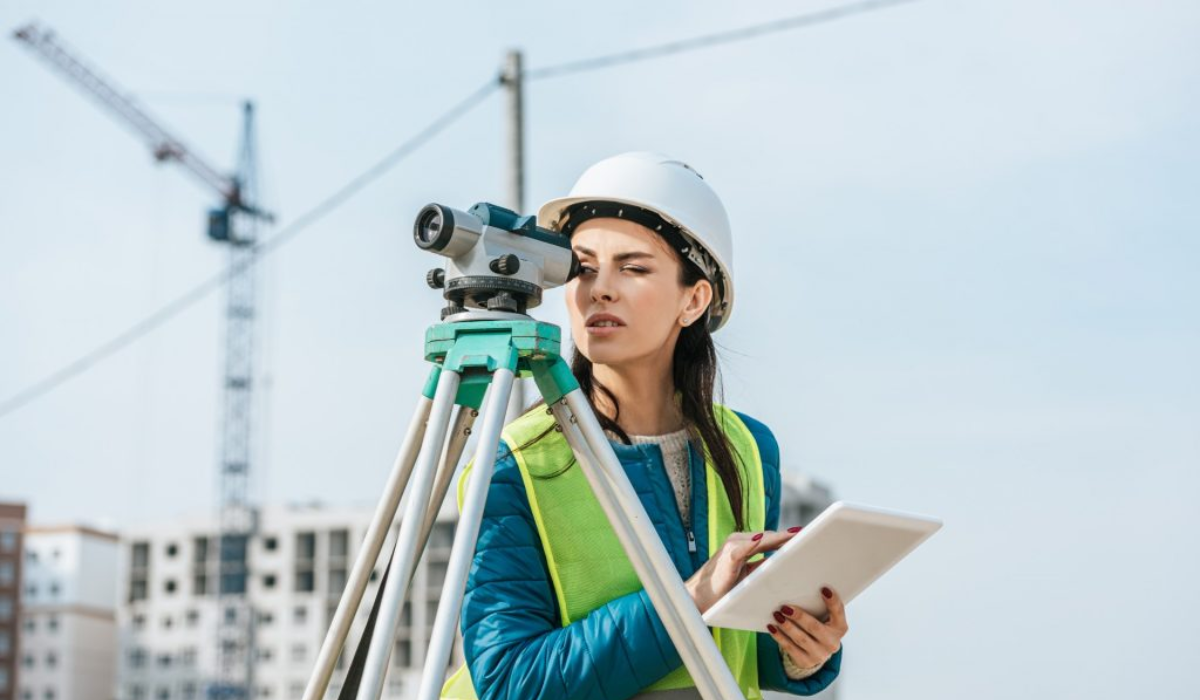Digital Twins in Architecture and Construction: Streamlining the Building Lifecycle
In the fast-paced world of architecture and construction, where time, resources, and efficiency are critical, digital twins have emerged as revolutionary tools to streamline the entire building lifecycle. The Digital twins are virtual replicas of physical assets that enable real-time monitoring, analysis, and simulation. In this blog post, we will delve into the benefits, applications, and challenges of implementing digital twins in the architecture and construction industry, along with real-life examples. Additionally, we will explore how digital twins enhance decision-making processes, improve collaboration among stakeholders, optimize construction workflows, and embrace emerging technologies and trends that further enhance their potential.

Benefits of Digital Twins in Architecture and Construction
1. Real-time Data and Insights: Digital twins offer a continuous stream of data from sensors embedded in physical structures. This real-time data allows architects, engineers, and construction teams to monitor performance, identify potential issues, and make data-driven decisions promptly. By having an accurate representation of the building throughout its lifecycle, stakeholders can react swiftly to maintenance needs, energy inefficiencies, or safety concerns.
2. Improved Collaboration: In traditional construction projects, stakeholders often work in silos, leading to miscommunication and inefficiencies. Digital twins create a shared platform that fosters collaboration among architects, engineers, contractors, and facility managers. This shared understanding improves coordination, reduces errors, and speeds up decision-making processes, resulting in smoother project execution.
3. 3. Optimized Construction Workflows: Digital twins facilitate advanced simulations and analysis. Design changes can be virtually tested and evaluated before implementation, reducing costly errors during construction. Additionally, these simulations can optimize construction workflows by identifying bottlenecks and inefficiencies, leading to improved resource allocation and enhanced project timelines.
Applications of Digital Twins in Architecture and Construction
1. Design and Visualization: Digital twins enable architects and clients to visualize the proposed structure in a virtual environment. This immersive experience allows for better understanding and adjustments during the design phase, resulting in more accurate and satisfying outcomes.
2. Remote Monitoring and Maintenance: Once a building is completed, digital twins continue to be valuable assets. They facilitate remote monitoring, predictive maintenance, and performance analysis, ensuring that the structure operates optimally throughout its life span and reducing downtime and maintenance costs.
3. Safety and Risk Mitigation: Digital twins can also play a vital role in enhancing safety on construction sites. By analyzing data from sensors, construction teams can identify potential safety hazards and mitigate risks, thereby reducing accidents and ensuring a safer work environment.
Real-life Examples of Digital Twins in Architecture and Construction
1. The Shard, London: The iconic Shard building in London incorporates a digital twin that allows facilities managers to monitor energy consumption, HVAC systems, and occupant comfort. This real-time data assists in optimizing the building’s operations and reducing energy wastage.
2. Sydney Opera House, Australia: The Sydney Opera House implemented a digital twin to streamline maintenance and repair work. The twin provides detailed information about the building’s structural integrity, enabling engineers to prioritize maintenance tasks effectively.
3. Smart Cities Initiatives: Numerous cities around the world are adopting digital twins to manage urban infrastructure effectively. For example, Barcelona uses digital twins to monitor traffic flow, energy consumption, and waste management, leading to better resource allocation and sustainability.

Emerging Technologies and Trends
Digital twins are evolving with the integration of emerging technologies:
1. Virtual Reality (VR) and Augmented Reality (AR): VR and AR technologies enhance the visualization and understanding of digital twins. Stakeholders can experience and interact with virtual replicas, enabling better design decisions and on-site troubleshooting.
2. Internet of Things (IoT) Integration: IoT devices, such as sensors and actuators, play a crucial role in data collection for digital twins. As IoT technology advances, the ability to capture more detailed information from buildings will improve, enhancing the accuracy of digital twin representations.
Digital twins have become a game-changer in the architecture and construction industry, revolutionizing the building lifecycle from design to maintenance. The benefits of real-time data, improved collaboration, and optimized workflows are reshaping the way buildings are conceptualized, constructed, and managed. As technology continues to advance, the potential of digital twins will grow, unlocking even more possibilities for the future of architecture and construction. Embracing digital twins empowers stakeholders to build smarter, safer, and more sustainable structures, making the industry more efficient and environmentally responsible.
JOIN THE NEW REALITY!



